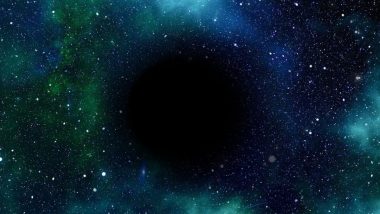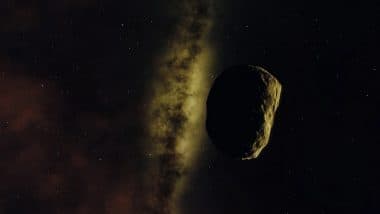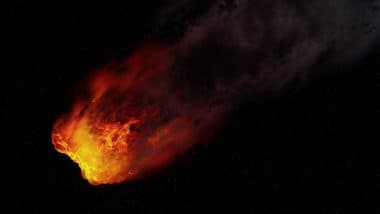Mumbai, April 06: A novel class of black holes has been discovered, thanks to the ESA's Gaia Mission. The two members of the new family have already been identified, and they are both located closer to Earth than any other black hole that we are aware of.
A group of astronomers examined the orbits of the stars that Gaia monitored and discovered that some of them appeared to be gravitationally influenced by large objects because of the way that they wobbled in the sky. Black holes are the only remaining option after numerous observatories failed to detect any light coming from the objects. NASA Releases Audio from Massive Black Hole in Viral Video; Listen to the Creepy Sound!
As two galaxies combine, astronomers have found two closely related supermassive black holes. Although the galaxies were merged when it was three billion years ago, however the light is only reaching us to now.
In order to develop and evolve, galaxies occasionally merge with one another, combining their billions of stars. These mergers set off (relatively) quick blasts of star formation. The supermassive black holes at their centres are also fueled by mergers, which makes them exceptionally bright quasars that stand out from the rest of the galaxy.
The ‘cosmic noon’, an early time in the history of the universe marked by bursts of frantic star formation, was the first time that a pair of near supermassive black holes have been detected, according to the US National Science Foundation.
After some of these mergers, they develop into huge elliptical galaxies with black holes that are billions of times as massive as our Sun. IIT Roorkee Researchers Help Capture Black Hole Symphony With InPTA
As per NSP, it's like searching for a polar bear in a snowstorm to search for such pairs of supermassive black holes at that time in the universe's history. The majority of these black-hole pairs are too near together to be distinguished as separate entities, which is a crucial problem.
The two supermassive black holes must be actively accreting and shining as a quasar at the same moment for astronomers to be able to detect such a pair with certainty. Both of these traits are uncommon on their own.
(The above story first appeared on LatestLY on Apr 06, 2023 06:01 PM IST. For more news and updates on politics, world, sports, entertainment and lifestyle, log on to our website latestly.com).













 Quickly
Quickly




















